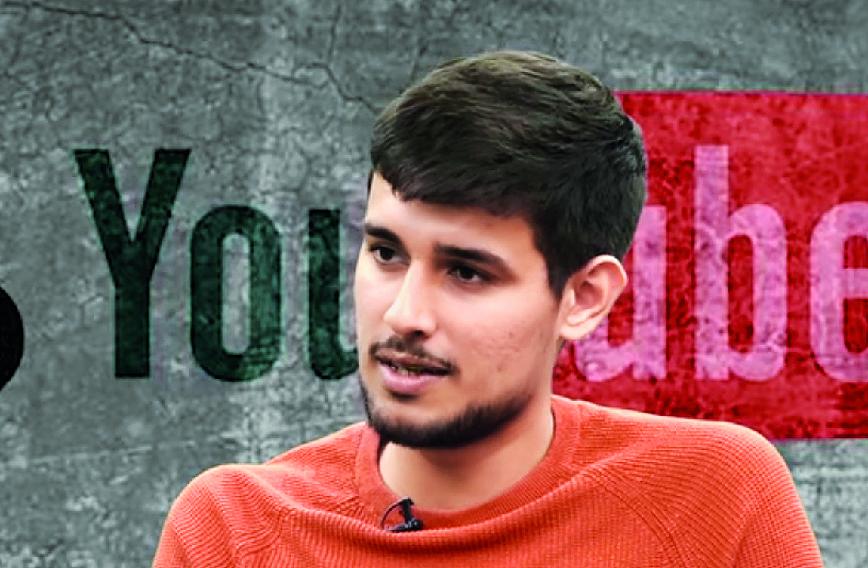
SANJAYA BARU
What is, however, amazing is that their impact on public opinion was marginal. On vote counting day, Modi’s Bharatiya Janata Party (BJP) fell woefully short of a majority. The media, especially Hindi language television, went overboard in providing exhaustive coverage of the opening of the Ram Janmabhoomi temple in Ayodhya. In the event, the BJP lost the Lok Sabha seat in the constituency that houses the temple. In Varanasi, the prime minister himself saw his vote share decline. When the Sengol was installed in the new Parliament building, with elaborate religious rituals, there was similar TV coverage. This will help the BJP do well in Tamil Nadu, the political pundits had predicted. The BJP came a cropper in the southern state.
I wonder if there has been any introspection in editorial meetings in television studios and newspaper offices across the country. Was there any soul searching? Have senior journalists who have been around for a long time and are now dubbed ‘godi media’ done any introspection? Or, have they come to value access to power as more important than speaking truth to power?
More than all these questions the real issue that must worry mainstream media is its growing irrelevance. If all their sustained and over the top campaigning for the ruling dispensation has not helped the ruling party get more seats, then there is a serious issue of both credibility and impact. Are advertisers asking themselves why they should continue to advertise on TV channels and in newspapers that don’t seem to have much impact on consumer preference? If, after all the PR and bombast, they have not succeeded in changing consumer preference, rather, the consumer turned away from the product being marketed, why should big firms advertise in such media?
On the other hand, consider the small, financially unsupported media that is making waves and beginning to make a difference to consumer preference. Till a few months back I had not heard of Dhruv Rathee, even though he has been around for a while. In the weeks preceding the general election, viewership of Rathee’s YouTube shows went up by leaps and bounds. By early May his viewership hit 25 million.
Rathee was the media sensation of the elections to the 18th Lok Sabha. He was far ahead of all competition. However, he was not the only media ‘influencer’. From Ravish Kumar to Siddharth Varadarajan, from new media sites like TheNewsMinute.com to Newslaundry.com and dozens of other websites and YouTube sites, there has been an efflorescence of new, small media that has put big media in the shade.
The 2024 election results reaffirmed the wisdom of that old saying: ‘One can fool all the people for some time, some people all the time but one cannot fool all the people all the time.’
It is generally the norm for all political parties to evaluate their performance after elections and take stock of what worked and what did not. In any serious political party there would be detailed and candid discussions on what went wrong and what went right. Even if it is for public consumption such parties stand by their ‘leader’, as the Congress party always did after its electoral losses, protecting Sonia Gandhi and Rahul Gandhi from internal criticism. Political parties do undertake serious introspection for the stakes are indeed high.
The question for the media is whether there has been such introspection and internal self-criticism within media organizations after their ignominious performance in the recent past. Should celebrity editors and anchors who have lost all credibility continue to remain in their seats? The media often asks whether ‘heads would roll’ in political parties after a political defeat. The question for the media itself is, will heads roll after such loss of credibility?
Given the high entry and operations cost of mainstream print and TV media, small media and media start-ups have always had a difficult time in the media marketplace. However, the internet and mobile telephony have opened up spaces for small media. This space too can come under threat if telecom firms refuse to provide access to such media. Thus, people like Rathee, Varadarajan and Kumar might find reaching their readers and viewers difficult if internet platforms will not carry them.
What the experience of small media shows, however, is that as long as there is professionalism and commitment to the truth and a fighting spirit among media professionals there will always be space for small media. Indeed, with time such small media may become big — overtaking mainstream media. This is a development one cannot rule out given the loss of credibility of so many newspapers, magazines and TV channels.
Sanjaya Baru is a writer and Distinguished Fellow at the United Service Institution of India
Comments
-

Colonel Jasjit Singh Gill - July 6, 2024, 4:24 p.m.
This is the future of media Big is Out and Small is In. Large TV Screen is passe but Mobile Screen is in. So a TRUE INDIVIDUAL JOURNALIST OR A PERSON WITH TRUE VALUES IS IN AND LARGE CORPORATE MEDIA HOUSES ARE OUT. Sanjaya Sir there is no way now in which truth can be throttled after the present elections because you never know the fake news masters may themselves have to seek shelter of the truth in the media governance apparatus when they are cornered by their fate.




